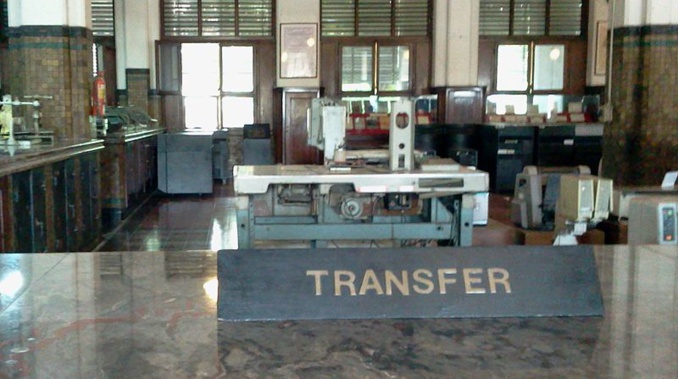Singapore banks are offering to attach Facebook ID or Twitter username to their customers’ bank accounts. In this case, intra remittances through Singapore FAST system will require just to remember social networks profiles instead of the bank account number.
A pilot version of the new system will be launched in the first quarter of 2017.
Experts point out that banks have already developed a system where access to the account requires the user’s cell phone number. Social networks profiles are another step in this direction.
At the same time, McKinsey analyst Vinayak H.V. stressed that matter of personal data protection will be main obstacle to the innovation. A similar system was tested in India, where experiments showed that people are not always ready to trust banks when it comes to publicly revealing their social network profiles and linking them to their bank accounts.
Singapore FAST system connects 20 local banks, including offices of large foreign financial institutions such as HSBC and Citi. The system allows to make money transfers in Singapore dollars between participants in the system.
Western Union has analyzed the global money transfer market and its changes associated with development of the digital technology in the world. The study showed that customers all over the world still prefer to send remittances in cash. Today, 75% of migrants send cash to their relatives.
Growth in remittances worldwide has slowed sharply in 2015, according to a recent study on migration and development of the World Bank.
The total amount of money transfers in 2014 reached $ 583 billion. The largest amount of remittances flows to India - $ 70 billion, followed by China with $ 64 billion, and the Philippines with the volume of remittances of $ 28 billion.
"It would be wise to use these megaflows for financing of development and infrastructure projects in these countries. Israel and India have shown how to manage macrocrisis liquidity using wealth of the country’s diasporas. Mexican migrants raised the construction sector in the country, Tajikistan receives transfers almost twice bigger than its budget. Obviously, migrant workers have become important players in today's global economy ", -. says Kaushik Basu, Chief Economist and Senior Vice-President of World Bank in the report.
source: ft.com
A pilot version of the new system will be launched in the first quarter of 2017.
Experts point out that banks have already developed a system where access to the account requires the user’s cell phone number. Social networks profiles are another step in this direction.
At the same time, McKinsey analyst Vinayak H.V. stressed that matter of personal data protection will be main obstacle to the innovation. A similar system was tested in India, where experiments showed that people are not always ready to trust banks when it comes to publicly revealing their social network profiles and linking them to their bank accounts.
Singapore FAST system connects 20 local banks, including offices of large foreign financial institutions such as HSBC and Citi. The system allows to make money transfers in Singapore dollars between participants in the system.
Western Union has analyzed the global money transfer market and its changes associated with development of the digital technology in the world. The study showed that customers all over the world still prefer to send remittances in cash. Today, 75% of migrants send cash to their relatives.
Growth in remittances worldwide has slowed sharply in 2015, according to a recent study on migration and development of the World Bank.
The total amount of money transfers in 2014 reached $ 583 billion. The largest amount of remittances flows to India - $ 70 billion, followed by China with $ 64 billion, and the Philippines with the volume of remittances of $ 28 billion.
"It would be wise to use these megaflows for financing of development and infrastructure projects in these countries. Israel and India have shown how to manage macrocrisis liquidity using wealth of the country’s diasporas. Mexican migrants raised the construction sector in the country, Tajikistan receives transfers almost twice bigger than its budget. Obviously, migrant workers have become important players in today's global economy ", -. says Kaushik Basu, Chief Economist and Senior Vice-President of World Bank in the report.
source: ft.com



















